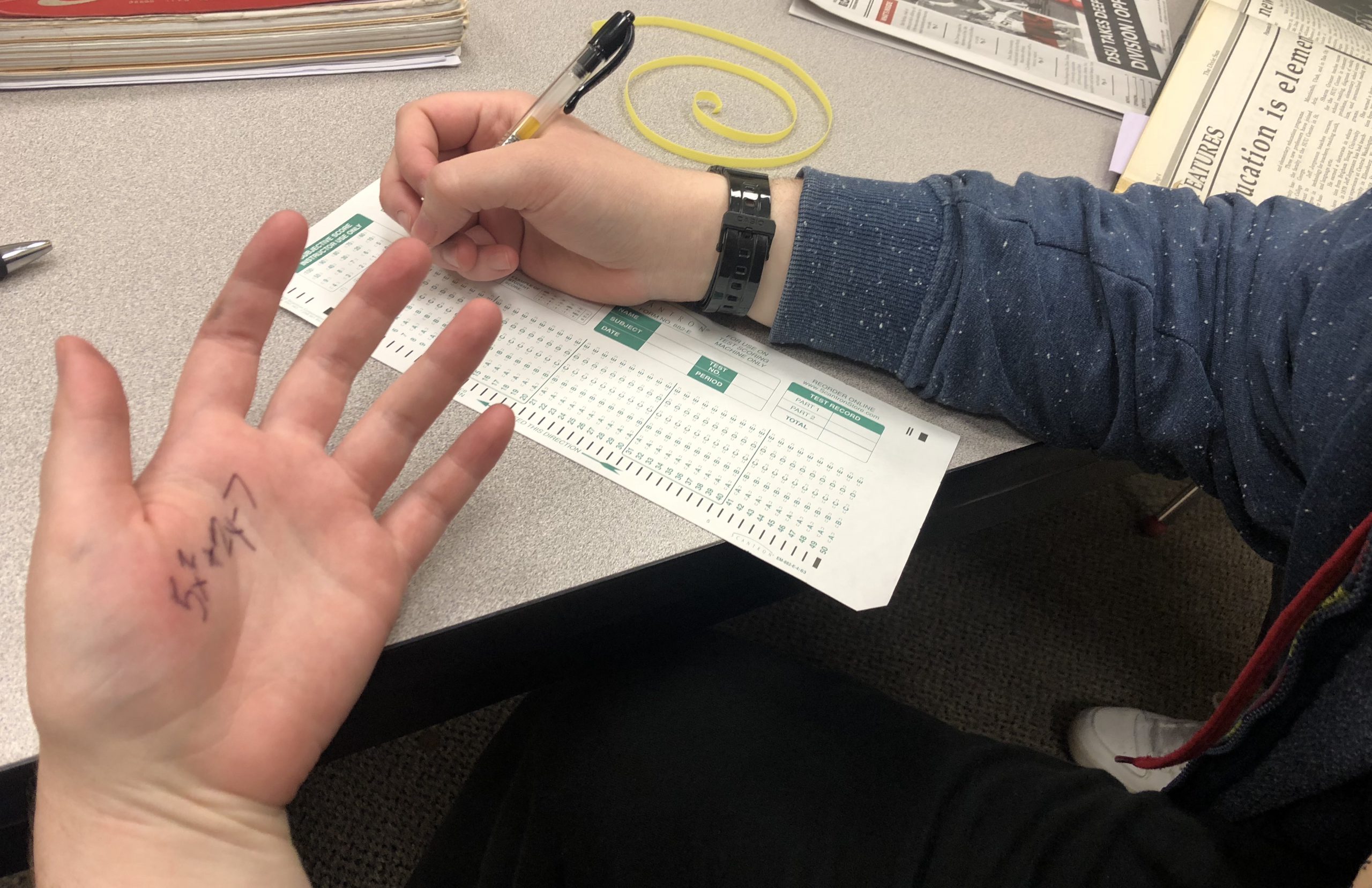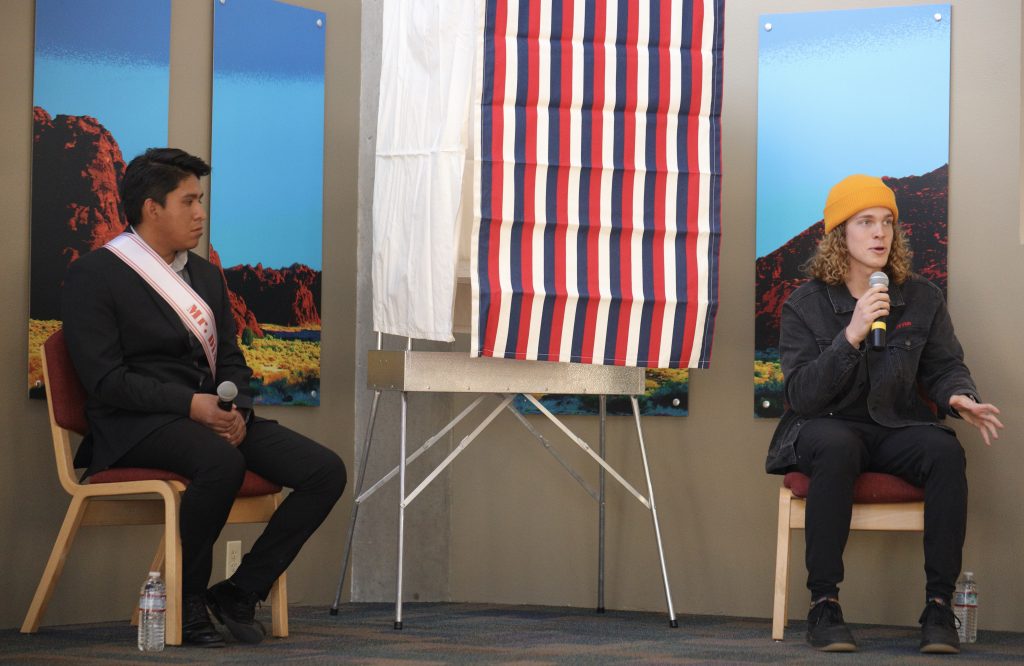Academic crime, which includes plagiarism and cheating, can affect much more than students’ academic records at Dixie State University. It can affect people’s ability to get a job or even go back to school later in life.
Ryan Hobbs, director of distance and digital learning, said DSU outlines the importance of plagiarism in each class’ syllabus and has a part in student orientation geared toward letting students know about plagiarism and what it is.
Citing correctly and avoiding plagiarism is part of being a professional, English professor Ami Comeford said.
“Learning how to do that in a more low stake environment, opposed to having someone notice that when [the students] are in a professional climate then it cost them their job, career [and] reputation,” Comeford said. “It’s better in this environment, where it’s about learning [and] about figuring about the mistakes [they] make and then having the opportunity to be better without those consequence in a professional environment.”
Types of plagiarism
Comeford said students take two tracks when they chose to plagiarize: unintentional or intentional.
The first track, unintentional, is mostly seen in beginning English classes, Comeford said. It occurs when students take some else’s research and words without understanding the need to cite it, she said.
“What I see more often, is students don’t understand that they can’t take sentences and change a few words,” Comeford said. “[And] somehow it’s theirs. And [the students] don’t understand that is also plagiarism.”
Comeford said the second track is intentional, or “wholesale.” She said this happens when a student takes a large amount from others’ work and copy-pastes it on their paper. She said this usually happens when the student does not have time before the paper is due. Sometimes students just take other students’ work and turn it in for theirs because they don’t want to write it, Comeford said.
Catching the crime
Professors have their different methods on how they teach plagiarism and citing to their classes, Comeford said.
Software platforms and past papers of the students can be used to find out if plagiarism has happened in the student’s paper, Comeford said. The software platforms highlight phrases or sentences that are from other works which the students have copied and pasted into their paper. DSU has bought a platform called Turnitin.
Hobbs said, “The faculty are strongly encouraged to use [Turnitin], but it’s implied in the assignment settings and lets the faculty member check against thousands and millions of recorders [to evaluate] to see if plagiarism has taken place or not.”
The professors can then tell if the turned-in work is like other works the student has turned in before and if not, then they know that the student did not write the paper in full and can do as they see fit, Comeford said.
“Everyone has a distinctive writing style,” Comeford said. “They also have distinctive strengths and distinctive weakness. And when you see those things [changed] midway through a paper or in a couple of paragraphs, you realize that maybe there is a problem there.”
Testing Center Director Tamron Lee said the testing center also has measures in place to catch suspicious activity. Lee said that there are measures students do not notice or take into account when they come to the testing center such as cameras, lock-down browsers and surveyors.
If professors feel like a student cheated, they can request to check the cameras to see if they are right and if they are right they can give the student a different grade, Lee said.
The testing center has not seen students plagiarizing because the student has to bring the work they want to copy in a USB and the testing center would catch it.
“Once [the students] get accustomed to [proper citing], they understand that it’s not that hard [to avoid plagiarizing others’ works],” Comeford said.
Resources
Comeford said there are resources available to students to help learn about how to cite correctly avoid plagiarism when needed. The resources are:
-
- handbooks and style books the students use in English classes
- library online guide (https://libguides.dixie.edu/c.php?g=57903&p=371819)
- books about citation that can be found in the library stacks
- the Writing Center (HHC 421 or online)



